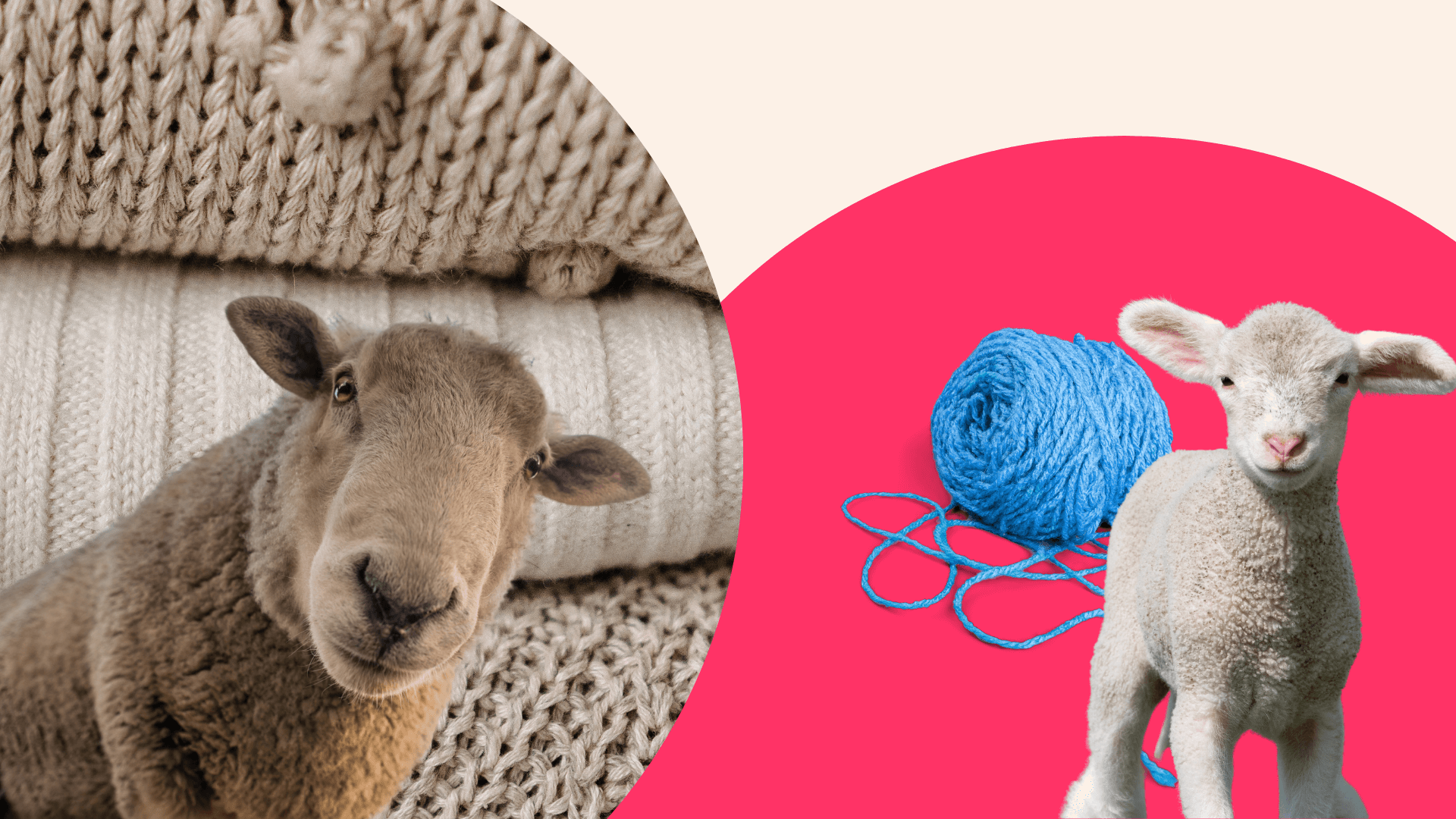Centuries ago, if wool was confined to a single industry, it might have vanished.
So why are we stifling circular economies with industry-specific thinking?
Last year I was invited to talk at my old university about circularity and new material development for textiles. I was really amped to talk to the students and hear all about what they were doing.
My advice was to look at the resources that are abundant here. When I started to name just a few of the many resources we have that go to waste by the tens to hundreds of thousands of tonnes per year they were shocked. It is too easy to look overseas and see new innovations and think that was an answer to a problem here. There are reasons why we don’t have pineapple leathers due to scale and sourcing but why are we not looking into kiwifruit bio plastics, apple leathers, citrus yarn?
The answer is simple.
There is no quantification of the waste or resources at hand.
Our animals are fed better than humans and as a result we are wasting billion dollar opportunities in circular economies.
That’s where Circlr comes in.
We connect the dots, bringing together stakeholders along the supply chain, from growers to manufacturers and retailers. Our interconnected ecosystem fuels collaboration and resource sharing, a critical step in scaling innovative solutions.
Through these connections and collaborations, we empower businesses to embrace sustainability. We help growers and manufacturers unlock the value in their waste streams while quantifying their actions for export, decarbonisation, and ESG reporting.
From textiles, to skincare, meat, horticulture, construction, and packaging the world would be a different place if resource opportunities didn’t go beyond the paddock.
